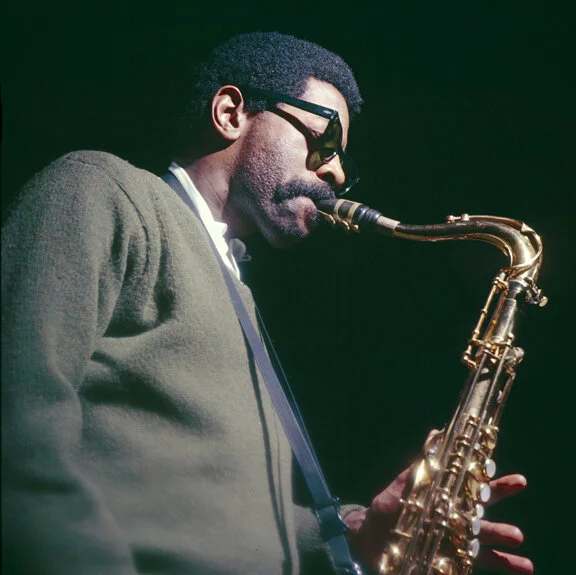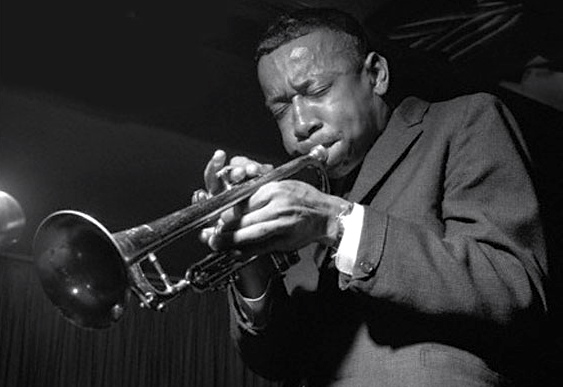Dive into the Power & Passion of ‘Tenor Madness
In the vast panorama of jazz, Sonny Rollins’ “Tenor…
A thunderstorm in the saxophone world hit us in 1966 – “Mode for Joe,” by Joe Henderson. It broke barriers and remains a masterpiece. Unveiling an electrifying ensemble, it stays captivating through every spin. The album is not merely music; it’s a statement of expressive, daring, and soulful resonance that stands tall in the annals of jazz.

Henderson, Lee Morgan, Curtis Fuller, Bobby Hutcherson, Cedar Walton, Ron Carter, and Joe Chambers all huddled in Rudy Van Gelder’s studio on a crisp day in January ’66. Blue Note Records stood proudly behind them, witnessing the birth of a jazz milestone in Englewood Cliffs, New Jersey.
Joe Henderson, a tenor saxophonist of unmatched caliber, carries a potent voice in the jazz world. His previous works, such as “Inner Urge,” are milestones in jazz. Yet, “Mode for Joe” proved an even more electrifying endeavor. Prior to this session, he had been honing his skills as a sideman, but with this record, he emerged as an hard-bop leader.

Lee Morgan, the trumpet maestro, graced the album with his distinctive edge. With successes like “The Sidewinder” under his belt, he entered this project as a heavyweight of hard bop. His aggressive, yet melodic, approach adds a sizzling spice to the mix.

Bobby Hutcherson, a prodigy of the vibraphone, added unique colors to the sonic canvas. Already an established force with albums like “Dialogue,” he was forging innovative paths in jazz. On “Mode for Joe,” he brought a shimmering and harmonically adventurous touch.

Curtis Fuller, Cedar Walton, Ron Carter, and Joe Chambers—each a virtuoso—contributed their unique voices too. Fuller’s trombone roared, while Walton’s piano danced. Carter’s bass pulsed, and Chambers’ drums thundered. They were seasoned musicians who had worked with jazz greats like Art Blakey, Miles Davis, and Eric Dolphy, adding depth and versatility to this recording.

“A Shade of Jade,” a standout track, showcases Henderson’s compositional genius. His gripping solo unveils the narrative, followed by Morgan’s fiery trumpet. The song serves as a testament to Henderson’s capacity to weave complex yet accessible music.
“Mode for Joe,” penned by Walton, stands as an exemplary piece. Walton’s piano lays a rhythmic carpet for Henderson’s tenor explorations. The call and response among the horns is thrilling, a true musical conversation that never ceases to captivate.
“Caribbean Fire Dance,” my personal favorite, is a tropical whirlwind. Henderson and Morgan engage in a riveting duel, backed by a relentless rhythm section. The energy is infectious, the playing aggressive yet impeccably controlled.
“Free Wheelin'” is the closing testament of the album’s brilliance. Morgan’s composition offers a sturdy melody, over which each musician struts their creative prowess. The slowed pace allows space for contemplative improvisation, ending the album on a high note.

Musically, the album straddles the realms of hard bop and modern jazz. There’s the bebop-rooted melodicism, bluesy undertones, and a forward-thinking willingness to push boundaries. This tension between tradition and innovation creates a dynamic listening experience, revealing new facets with each listen.
Upon its release, the album garnered widespread acclaim. Critics recognized its adventurous spirit and the prowess of the musicians. It was seen as a defining recording of its era, reflecting the changes and innovations happening within jazz.
Today, “Mode for Joe” stands as an influential monument in the jazz landscape. Its fusion of hard bop and avant-garde elements continues to inspire contemporary musicians. It is revered for its daring approach, timeless compositions, and the extraordinary musicianship it displays.
New generations of jazz artists, like Joshua Redman and Branford Marsalis, have cited Joe Henderson as a crucial influence. His progressive vision and unique saxophone voice resonate in their music. Even beyond the jazz circle, “Mode for Joe” remains a standard for musical exploration and collaborative synergy.
“Mode for Joe” is more than just a moment in jazz history. It encapsulates the essence of an era, propels it into the future, and lays a solid foundation for the music to come. Its bold stride from hard bop into uncharted territories carved a path for the evolution of jazz.
Its enduring significance is a testament to the mastery of Henderson and his fellow musicians. They rose above the conventions of their time, creating a work that has stood the test of time. The album serves as a beacon, illuminating the way for future explorers in the world of jazz.
In conclusion, “Mode for Joe” is not just an album; it is a musical landmark. It stands as a vibrant example of the transformative power of jazz, a testament to the enduring appeal of this uniquely American art form. More than five decades after its release, it continues to inspire, challenge, and captivate listeners. It’s a shining testament to the genius of Joe Henderson and his extraordinary ensemble.